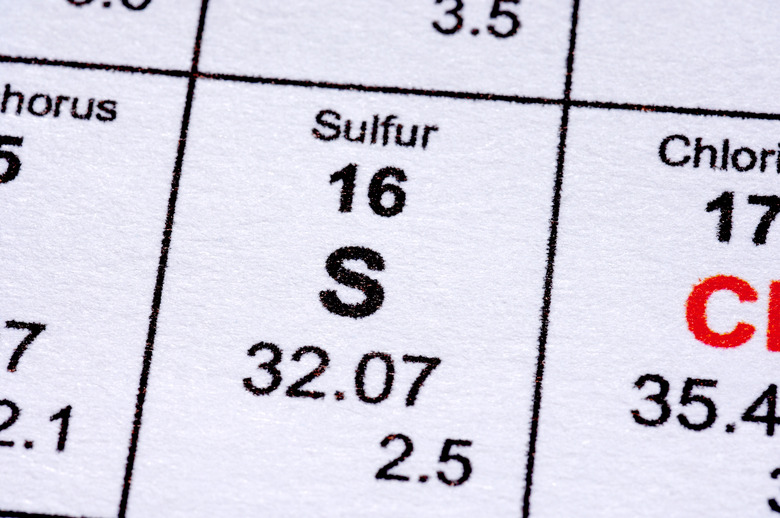How Does Acid Rain Enter The Water Cycle?
In the 19th century, Robert Angus Smith noticed that, in contrast to coastal areas of England, rain that fell over industrial areas had high levels of acidity. During the 1950s, Norwegian biologists discovered alarming declines in fish populations in the lakes of southern Norway, and traced the problem to highly acidic rain. Similar findings occurred in Canada during the 1960s.
pH Scale
pH Scale
The pH scale ranges from zero, which is very acidic, to 14.0, which is basic, having no acidity at all. Most surface water has a pH of 7.0 and is neutral. Normal rain has a pH value between 5.0 and 5.5 and is mildly acidic. When rain combines with nitrogen oxides or sulfur dioxide, normal rain becomes much more acidic and can have a pH value of around 4.0. In pH values, a shift from 5.0 to 4.0 means acidity has increased ten times.
Oxidation
Oxidation
Sulfur dioxide and nitrogen oxides enter the atmosphere through emissions from the combustion of sulfur-containing fuels, such as:
- copper
- lead
- zinc
Scientists now know that high concentrations of nitric acid and sulfuric acid in rain is caused by atmospheric oxidation of nitrogen oxides and sulfur dioxide, and that these acids enter the water cycle as they are oxidized in cloud droplets and in the raindrops themselves.
Sulfur Dioxide
Sulfur Dioxide
Sulfur dioxide is poisonous at high levels and belongs to a group of highly reactive gasses known as the "oxides of sulfur." At extremely high temperatures, such as when coal, oil and gas are burned, sulfur dioxide oxidizes — reacts with oxygen — in the atmosphere producing sulfuric acid. In process called acid deposition, sulfuric acid falls from the clouds in drops of rain.
Nitrogen Oxides
Nitrogen Oxides
Nitrogen oxides are also highly reactive gases, and form when oxygen and nitrogen react at high temperatures. Emissions containing nitrogen oxides stem from the burning of biomass in tropical areas and the combustion of coal, oil and gas in the northern mid-latitudes. When nitrogen oxides oxidate in the atmosphere, they produce nitric acid. Similar to sulfuric acid, nitric acid contributes to acid deposition and is a major constituent of acid rain.
Persistence in Water
Persistence in Water
The planet's water cycle is a closed system and all the water on Earth exists in some stage of the cycle. Water is stored in the ocean and evaporates, forming clouds of water vapor. As the vapor condenses, it falls back to the Earth as precipitation. Acid rain is only neutralized when it falls on alkaline soils, such as limestone and calcium carbonate. Once combined with water, acids don't evaporate, and unless the molecules bond with something basic, or water flows away to a larger body, the pH of water bodies remains low and the acid remains trapped in place. Acidified water negatively affects the ocean, where the lower pH harms the creatures that make coral reefs.
Cite This Article
MLA
Tides, Ocean. "How Does Acid Rain Enter The Water Cycle?" sciencing.com, https://www.sciencing.com/acid-rain-enter-water-cycle-23005/. 24 April 2017.
APA
Tides, Ocean. (2017, April 24). How Does Acid Rain Enter The Water Cycle?. sciencing.com. Retrieved from https://www.sciencing.com/acid-rain-enter-water-cycle-23005/
Chicago
Tides, Ocean. How Does Acid Rain Enter The Water Cycle? last modified March 24, 2022. https://www.sciencing.com/acid-rain-enter-water-cycle-23005/
